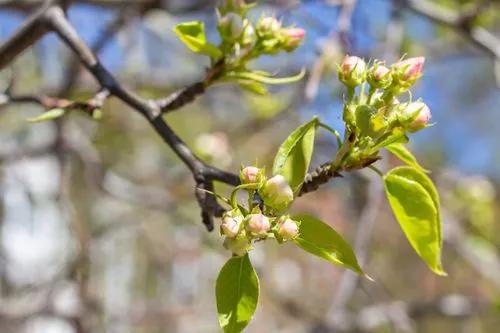The sapodilla is an extremely attractive tree. It is the perfect candidate for edible landscaping. On the downside it is extremely slow growing. Out of all my fruit trees, sapodilla are the slowest growing trees by far. They are upright trees and pyramidal when young. With age the tree may develops a crown that is dense and rounded or sometimes open and somewhat irregular in shape. They are wind resistant and long lived.In the tropics the sapodilla can grow into a 100 foot monster. Grafted examples are substantially smaller and pruning can be used to maintain a compact tree. Every part of the tree has a white, gummy latex when damaged.
Chicle Care
Manilkara Zapota



How to Care for the Plant

Water

The tree tolerates dry conditions better than most fruit trees. Many mature sapodilla trees do just fine with no watering (climate dependent), but irrigation in the dry season does increase productivity.

Pruning

Sapodilla are easy to control through pruning. Tip prune when young to encourage branching. Sapodilla require very little pruning if you are not concerned about tree size. Most growers prefer smaller trees due to harvest and spacing concerns. Prune only 20% of the tree at a time by selecting whole branches that will give the shape you require and limit tree height. Manage young trees to avoid narrow crotch angles in the scaffold branches. It is a mistake to prune all over on a productive tree as this will limit flowering and fruiting for that year.

Fertilizer

Planted trees need frequent small feedings during establishment. Fertilizers that contain 6-8% nitrogen, 2-4% available phosphoric acid and 6-8% potash give good results.

Sunlight

Full morning sun with afternoon part shade in hot climates.

Soil

Sapodilla are well adapted to many types of soil. They grow naturally in limestone soils but trees flourish in deep loose clay or sandy loam. Good drainage is essential, trees perform poorly in low, wet locations. Sapodilla are highly drought resistant and are very tolerant of soil salinity.

Temperature

Mature trees can withstand temperatures of 26° to 28°F for several hours. Young trees are more tender and can be killed by 30°F. Trees are highly wind tolerant and can take salt spray.

Container

If your climate is marginal, consider growing the tree in a container to a larger size. This way it can be moved to protect from cold while young. Similarly a plastic sheet and some stakes can be used to make an effective shield from frost during winter for the first few years.

Popularity

516 people already have this plant 39 people have added this plant to their wishlists
Discover more plants with the list below
Popular articles






